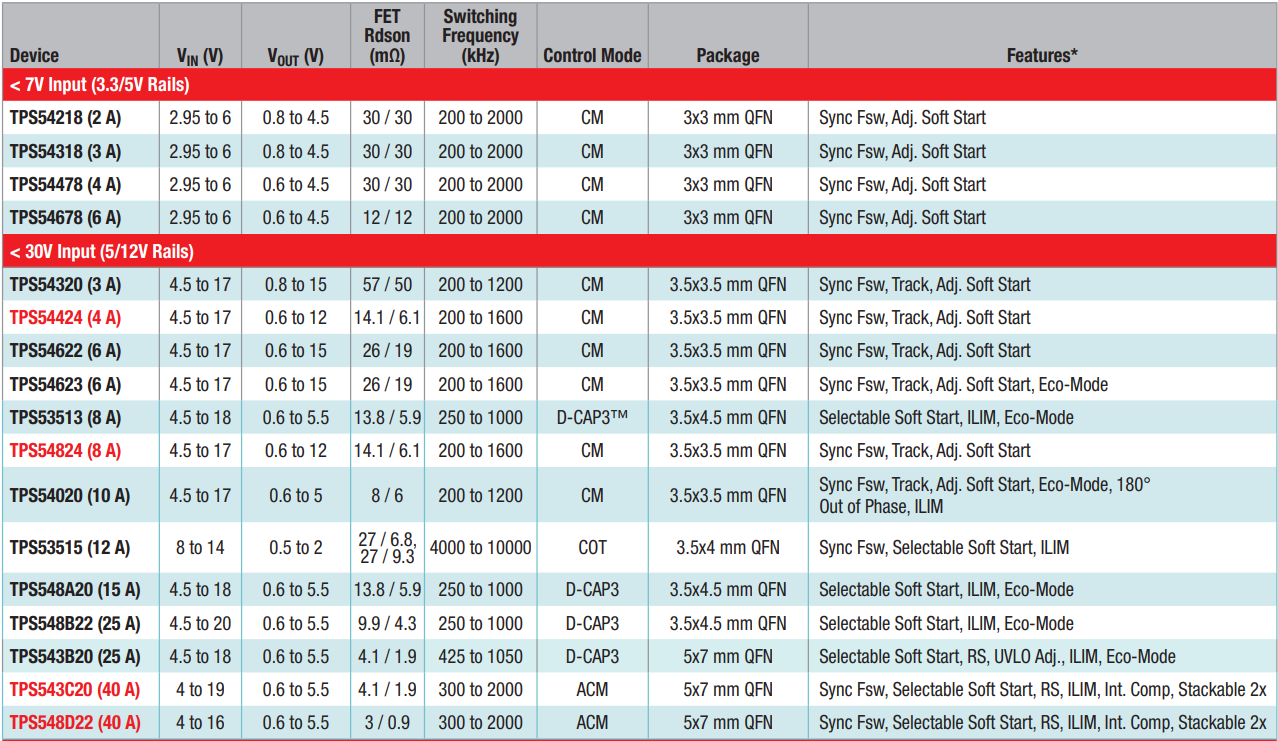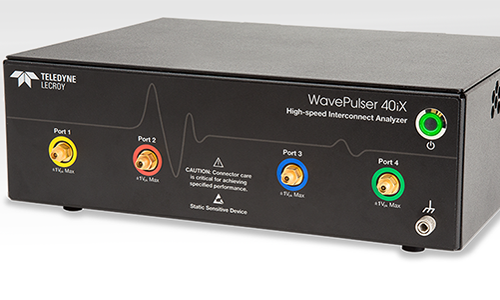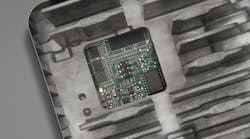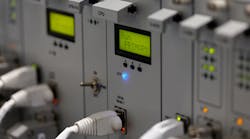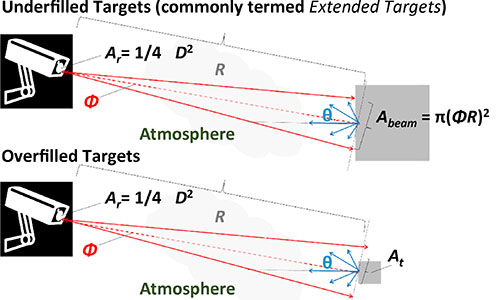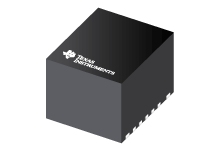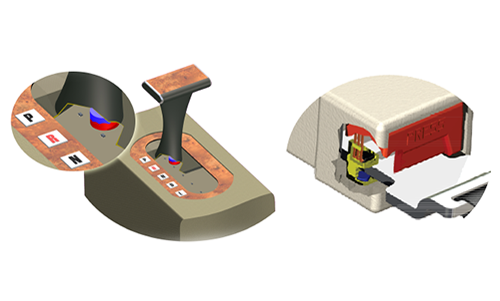应用,如spectroscop科学和空间y need a known source for self-calibration before measuring the energy of incident X-rays, and most in-flight X-ray detectors use a radioactive source for this due to its stability. However, besides the obvious associated with a radioactive source, it requires shielding so that its constant output doesn’t appear as background noise, which masks the desired signal.
Other approaches also have their weaknesses. The hot cathode-based advanced MXS systems can generally only vary its output intensity relatively slowly—on the order of seconds—due to the thermal time constant of the filament X-ray source(Fig. 1).
1. Conventional X-ray sources use a heated filament with on/off transition times of several seconds. (Source: NASA)
Another option, the laser-based femtosecond source, can’t produce X-ray flux having arbitrary, continuously variable output intensity because its driving laser has minimum pulse-recovery and recycling time. Finally, architectures using high-efficiency photocathodes have excessive “dark current” (electron emission despite lack of stimulating light). As a result, they’re never fully off, have high power consumption, and experience early cathode burnout, among negatives.
Consequently, there’s a need for an X-ray source (MXS) that can be fully and easily modulated, producing X-rays only at predetermined intervals and at a controllable rate. Now, a NASA team has devised a miniaturized X-ray source that’s “stimulated” by a UV LED and can be modulated in intensity from completely off to full intensity at sub-nanosecond rates—and with output over 100 keV(Fig. 2).
2. The UV LED-driven MXS uses photoelectrons to vary X-ray output at nanosecond rates and timing. (Source: NASA)
Its high-speed and miniature size not only meet the calibration needs of test-and-measurement setups, but also make it a good fit for new technologies including X-ray-based communication, compact time-resolved X-ray diffraction, X-ray fluorescence instruments, non-destructive testing (NDT), and precise low-dose medical X-rays,
This MXS produces electrons by directing UV light from a LED onto a photocathode material such as magnesium. The electrons are then accelerated across several kV and into a chosen target material; the sudden deceleration produces X-rays at a wavelength that’s characteristic of the target material’s properties. The MXS uses a cold-cathode electron multiplier (similar to a photomultiplier tube) for high efficiency in X-ray production.
This MXS design is more compact, rugged, and power-efficient than standard X-ray sources, and can be manufactured using commercially available components supplemented by a 3D-printed housing, lowering manufacturing costs(Fig. 3). Further, unlike traditional X-ray sources, the MXS doesn’t require a filament or vacuum and cooling systems.
3. The new miniaturized X-ray source can be modulated in intensity from fully off to full intensity, and is suitable for a wide of electronic, medical, and even space-related instrumentation systems. (Source: NASA)
Full details are available in the NASA-assigned U.S. patent US 9,117,622, “Miniaturized High-Speed Modulated X-Ray Source.”



